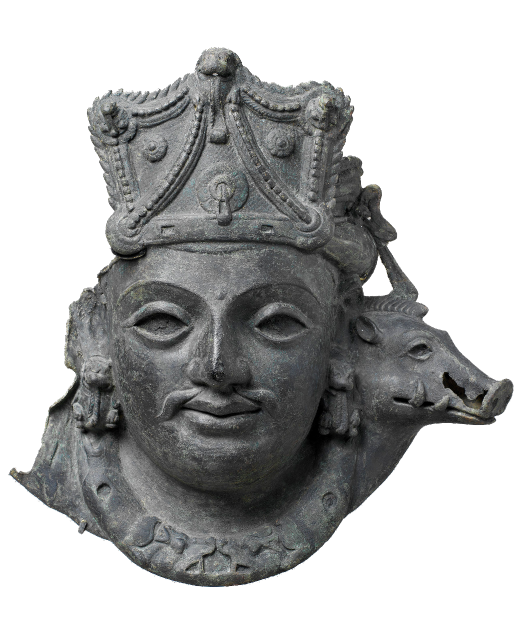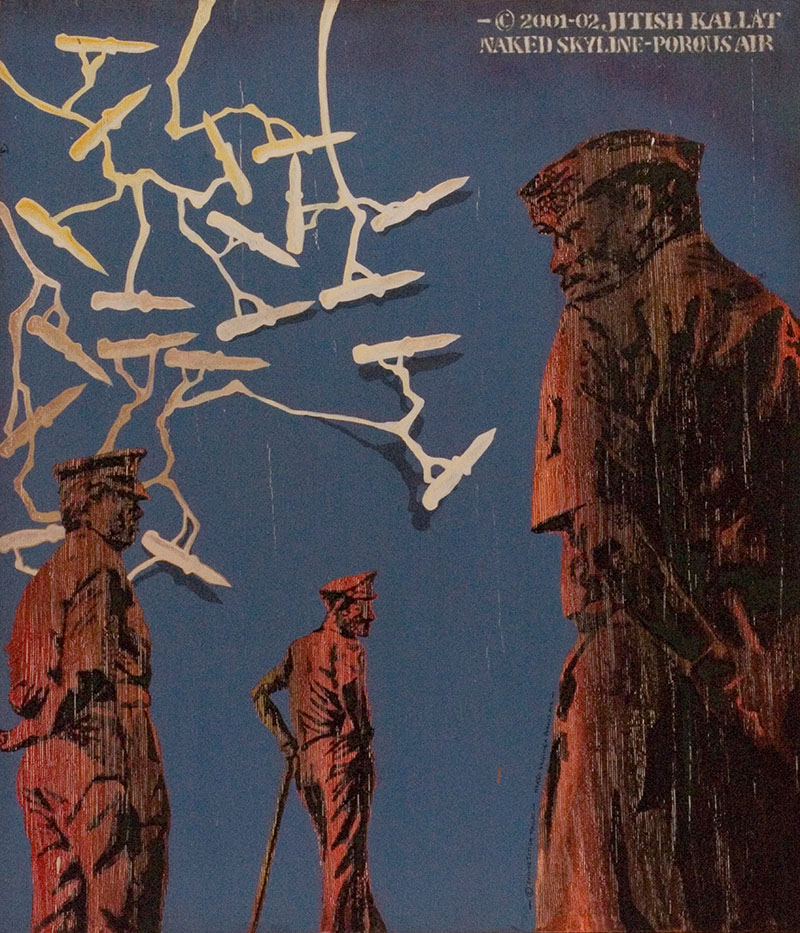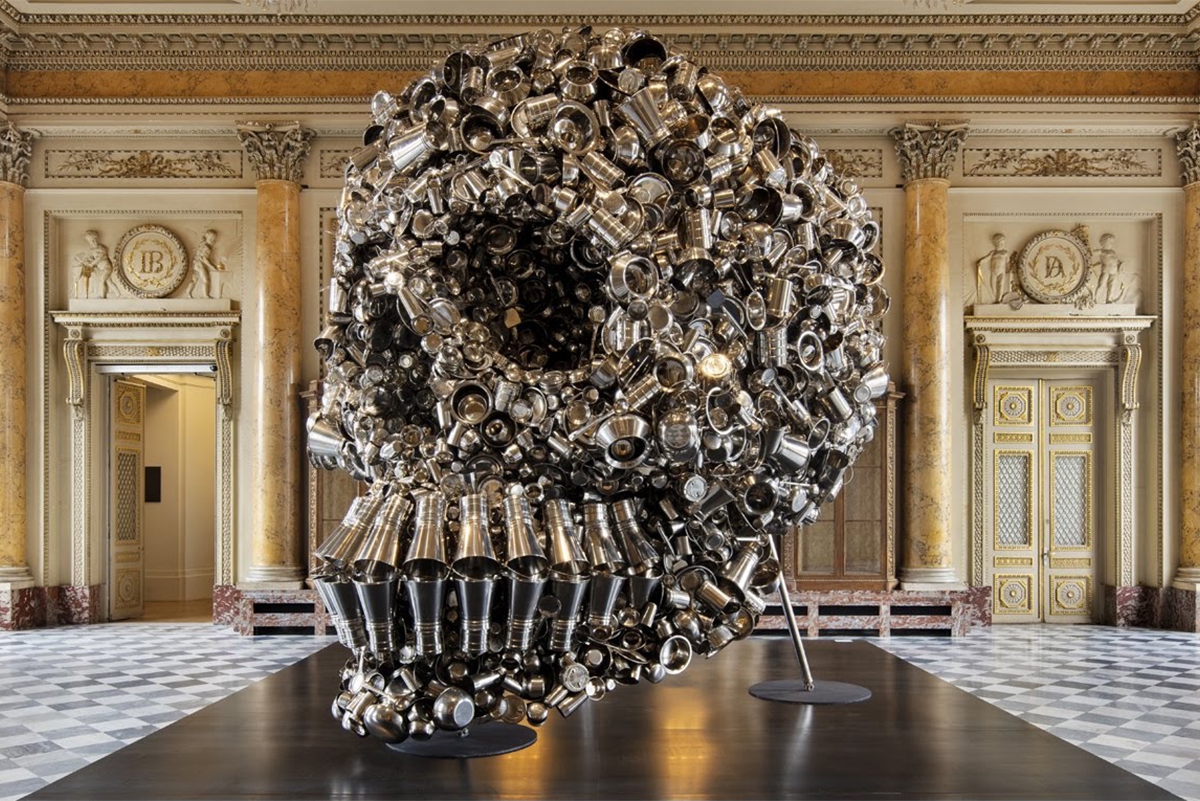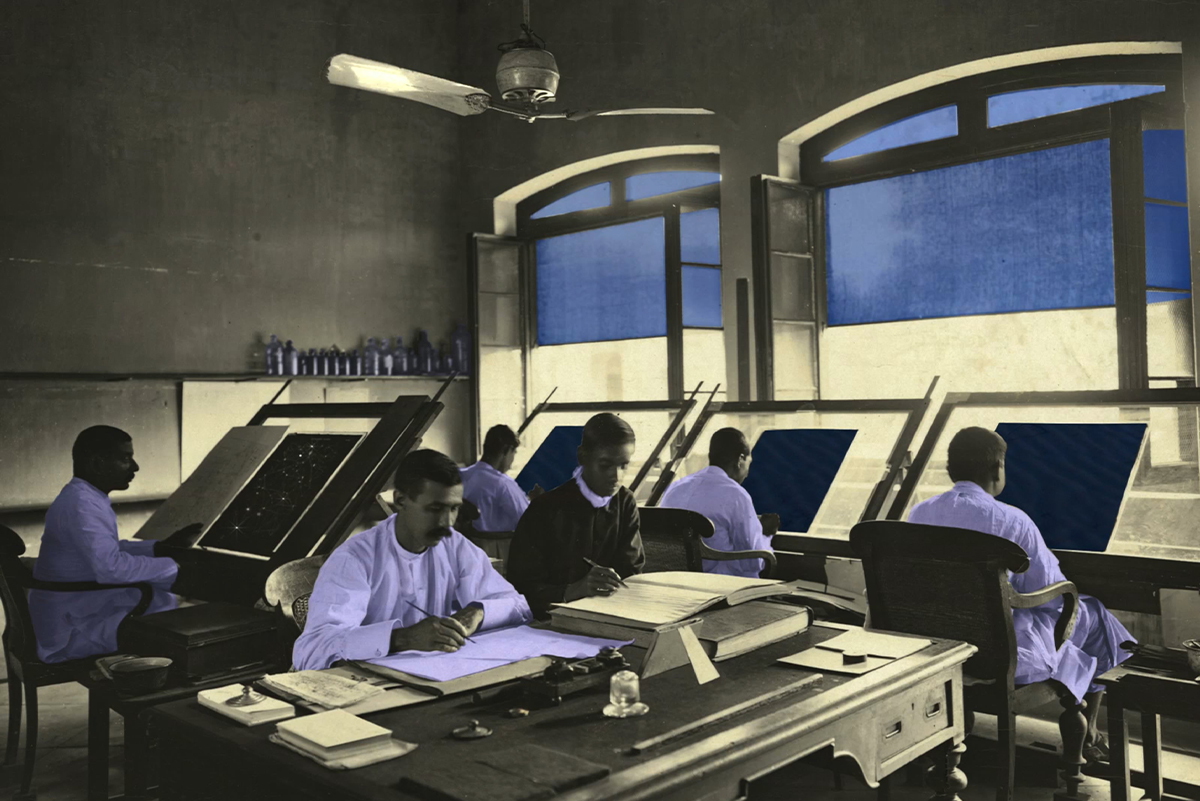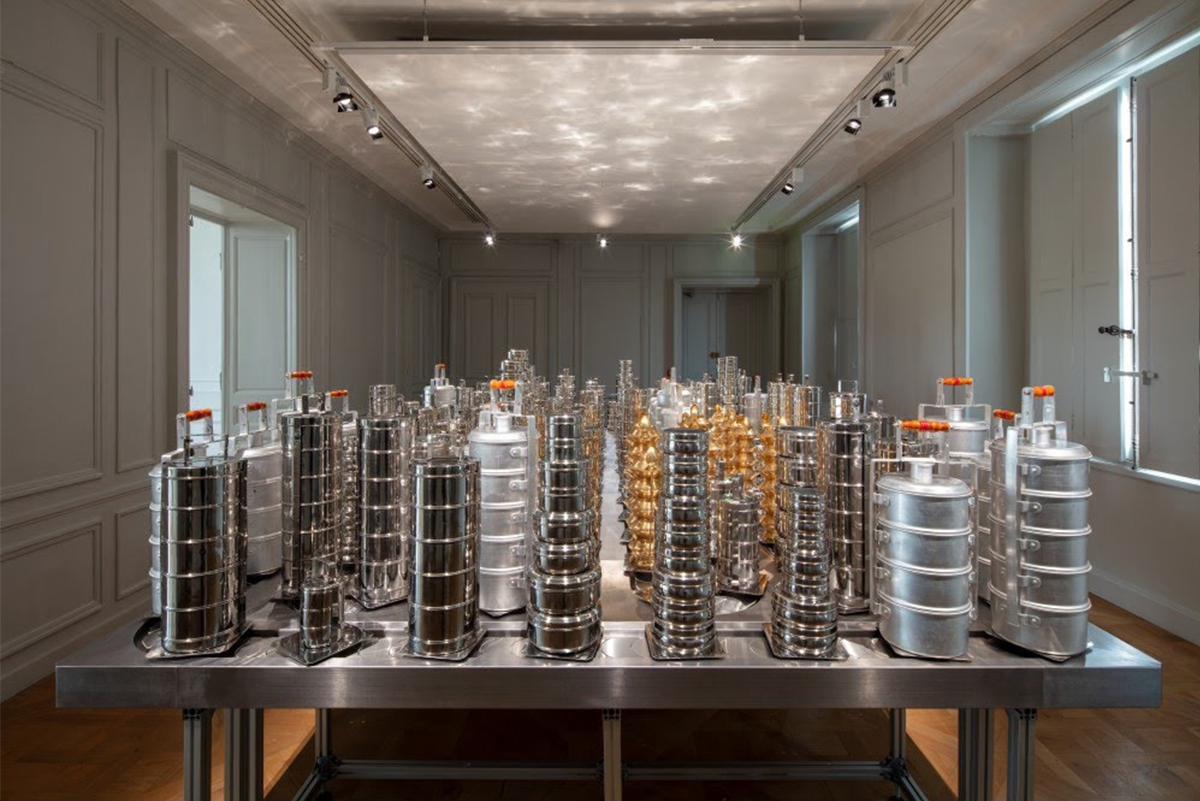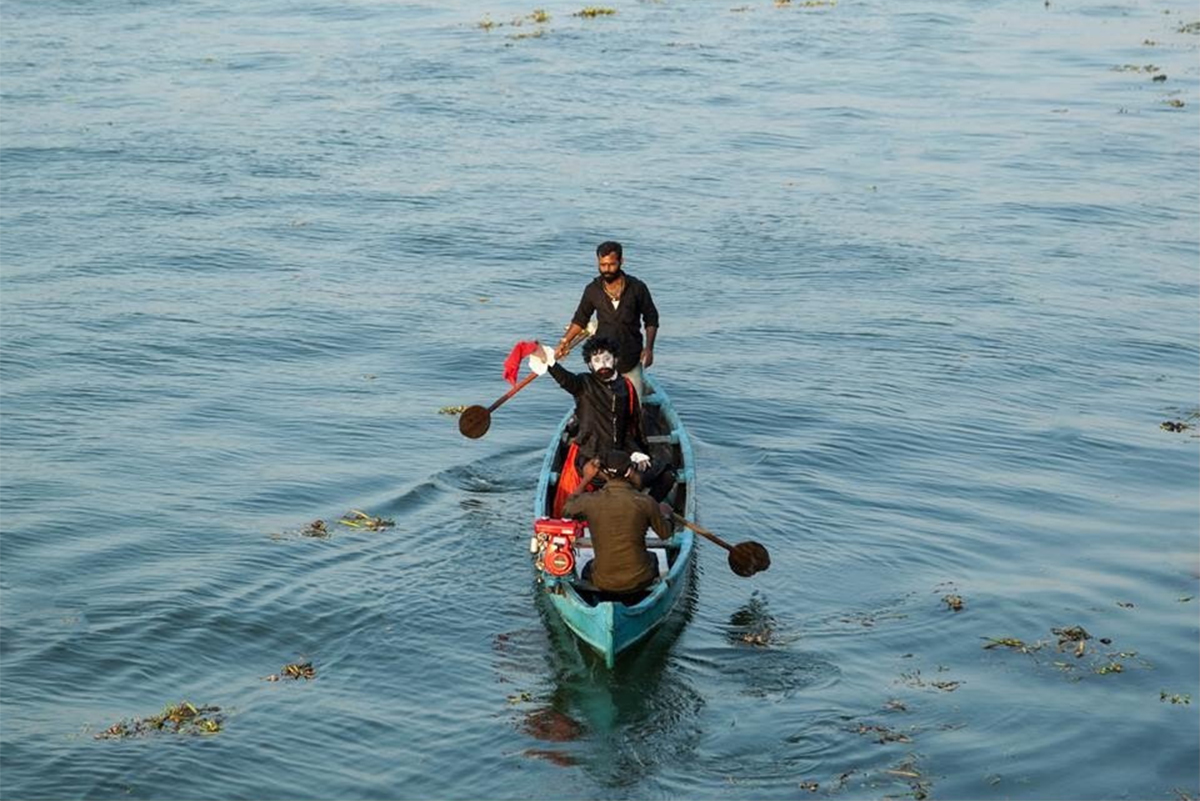ARTICLE
Globalisation and Indian Art
While the Indian art market continues to see a higher saleability among paintings and sculpture, especially Modernist pieces, than of conceptual, digital or installation art, the difference has reduced significantly in recent years, especially with more collectors and investors trading in the notional value of art objects, such as authenticity certificates and Non-Fungible Tokens (NFTs). Installation and performance artists continue to be funded largely through grants from organisations that specifically support the broad needs of contemporary art, such as the India Foundation for the Arts, the Foundation for Indian Contemporary Art (FICA), Goethe Institut/Max Meuller Bhavan and the Inlaks Shivdasani Foundation, or receive cultural visibility from residencies such as HH Art Spaces, Khoj International Artists’ Association, St+art India Foundation and 1Shanthiroad. Alternatively, artists and collectives who work mainly in non-traditional media, including Sonia Khurana, Nikhil Chopra, Raqs Media Collective, CAMP and Desire Machine Collective have moved to the global stage where they have received significant cultural and financial support from Western institutions.
Significant international exhibitions and events that have taken place in the past three decades have shaped artist careers as well as public perception of Indian art. In the 1990s, Indian art gained recognition particularly within ascendant Asian markets through organisations and events like the Japan Foundation, the Fukuoka Asian Art Museum, the Singapore Biennale and the Shanghai Biennale. Major exhibitions in the West followed soon after in the 2000s, notably Edge of Desire: Recent Art in India (2005), which was shown at multiple venues in Australia, Mexico, USA and India; The Empire Strikes Back (2007) at Saatchi Gallery in London; Indian Highway (2008–2009) at Serpentine Gallery, London; Convergence: Contemporary Art from India and the Diaspora (2013) at the William Benton Museum of Art, USA; and Midnight to the Boom: Painting in India after Independence (2013) at the Peabody Essex Museum of Art, USA.
The 2000s have seen recurrent international art events being held in India, such as the Kochi-Muziris Biennale, the India Art Fair, Serendipity Art Festival, Delhi Photo Festival and the Chennai Photo Biennale, all of which have contributed to making the Indian art scene more global.
Bibliography
Adajania, Nancy. “New Media Overtures Before New Media Practice in India,” in Art and Visual Culture in India 1857–2007, edited by Gayatri Sinha, 266–281. Mumbai: Marg, 2009.
Ciotti, Manuela. 30 April 2012. “Post-colonial Renaissance: ‘Indianness’ , contemporary art and the market in the age of neoliberal capital.” Third World Quarterly. 33:4, 633–651.
Dhage, Vrushali. “Indian Contemporary Painting in the Changing Global Perspective: Defining a New Praxis.” The IIS University Journal of Arts, Vol.6, no. 1 (2017): 18–26. http://iisjoa.org/sites/default/files/iisjoa/2017/PDF/3.%20Vrushali%20Dhage.pdf.
Sinha, Gayatri. “New Persuasions in Contemporary Indian Art,” in Voices of Change: 20 Indian Artists, edited by Gayatri Sinha, 8–23. Marg Foundation, 2010.
Sooudi, Olga Kanzaki. “Making Mumbai’s Emerging Art World through Makeshift Practices.” South Asia: Journal of South Asian Studies 39, no. 1 (2016): 149–66.
Suroor, Hasan. “Indian Art Goes Global.” The Hindu, April 19, 2010. https://www.thehindu.com/opinion/columns/Hasan_Suroor/Indian-art-goes-global/article16371135.ece.
